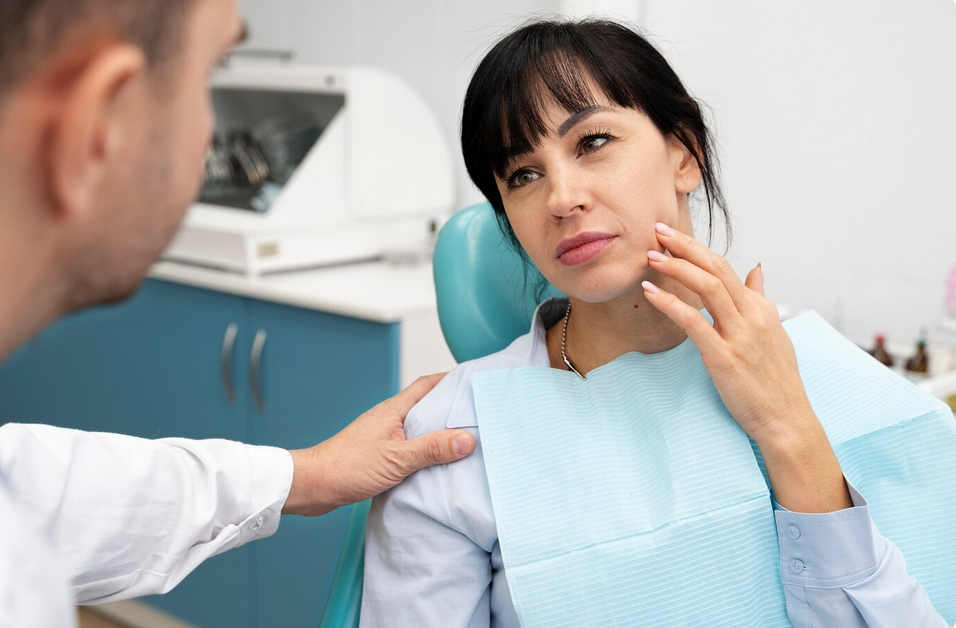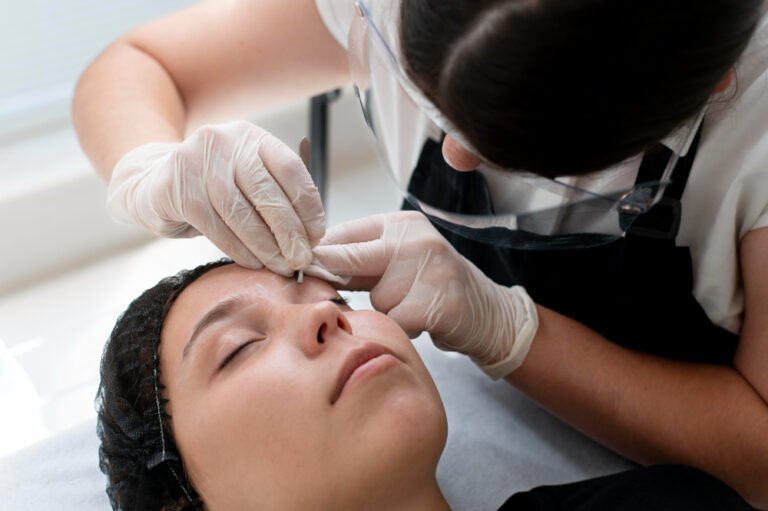Ptosis correction surgery is a specialized procedure designed to lift a drooping upper eyelid (ptosis), improving both vision and appearance. If you’re scheduled for this surgery, understanding the preparation process can help you feel more confident and ready for a smooth experience. Here’s what medical patients should expect when preparing for ptosis correction surgery:
1. Initial Consultation and Evaluation
Before surgery, you will meet with your ophthalmologist or oculoplastic surgeon for a thorough evaluation. During this visit:
- Medical History Review: The doctor will ask about your overall health, any previous eye conditions, surgeries, and current medications.
- Eye Examination: This includes measuring the degree of eyelid drooping, eyelid function, and vision tests to assess how ptosis affects your sight.
- Discussion of Goals: Your surgeon will explain what the surgery can achieve, review risks, and answer any questions.
- Photographs: Preoperative photos are taken for documentation and surgical planning.
2. Pre-Surgery Instructions
Once your surgery date is set, your surgeon will give specific instructions to prepare you, including:
- Medication Management: You may be asked to stop blood thinners like aspirin or certain supplements (e.g., fish oil, vitamin E) several days before surgery to reduce bleeding risk. Always follow your doctor’s guidance carefully.
- Fasting: If your surgery requires general anesthesia or sedation, you will likely need to fast (no eating or drinking) for 6-8 hours before the procedure.
- Arrange Transportation: Since your vision may be temporarily affected post-surgery, arrange for a friend or family member to drive you home.
- Avoid Eye Makeup and Contact Lenses: On the day of surgery, don’t wear eye makeup or contact lenses to reduce infection risk.
3. What to Expect on Surgery Day
- Arrival and Preparation: You’ll arrive at the surgical center or hospital and complete any final paperwork.
- Anesthesia: Ptosis correction is often done under local anesthesia with sedation, but in some cases, general anesthesia may be used.
- Surgical Procedure: The surgeon will carefully adjust the muscles that lift your eyelid through a small incision, typically hidden within the natural eyelid crease.
- Duration: The procedure usually takes about 1 to 2 hours.
- Recovery Area: After surgery, you will spend some time in a recovery room to be monitored before going home.
4. Immediate Post-Operative Care
After surgery, you may experience:
- Swelling and Bruising: Mild to moderate swelling and bruising around the eyelid are common and typically improve within 1-2 weeks.
- Mild Discomfort: Some soreness or tightness may be present; your doctor will recommend pain management options.
- Eye Care: Use prescribed antibiotic ointments or eye drops to prevent infection and keep the area moist.
- Avoid Straining: Refrain from heavy lifting, bending over, or strenuous activity to reduce pressure on the eyes.
5. Follow-Up Visits
You’ll have scheduled follow-up appointments to:
- Monitor healing and eyelid position
- Remove any stitches if non-absorbable sutures were used
- Address any concerns or complications early
6. Long-Term Expectations
- Vision Improvement: Many patients notice improved peripheral vision almost immediately.
- Final Appearance: Swelling continues to subside over weeks, with final eyelid position settling after about 3 months.
- Scarring: Incision scars typically fade and become inconspicuous within several months.
Additional Tips for a Successful Surgery and Recovery
- Sleep with your head elevated for the first few nights to minimize swelling.
- Protect your eyes from sun and wind with sunglasses.
- Follow all post-op instructions closely and contact your surgeon if you notice unusual symptoms like severe pain, bleeding, or vision changes.
If you have any questions or concerns while preparing for your ptosis correction surgery, don’t hesitate to reach out to your medical team. Being well-informed is the first step toward a safe surgery and a positive outcome!




